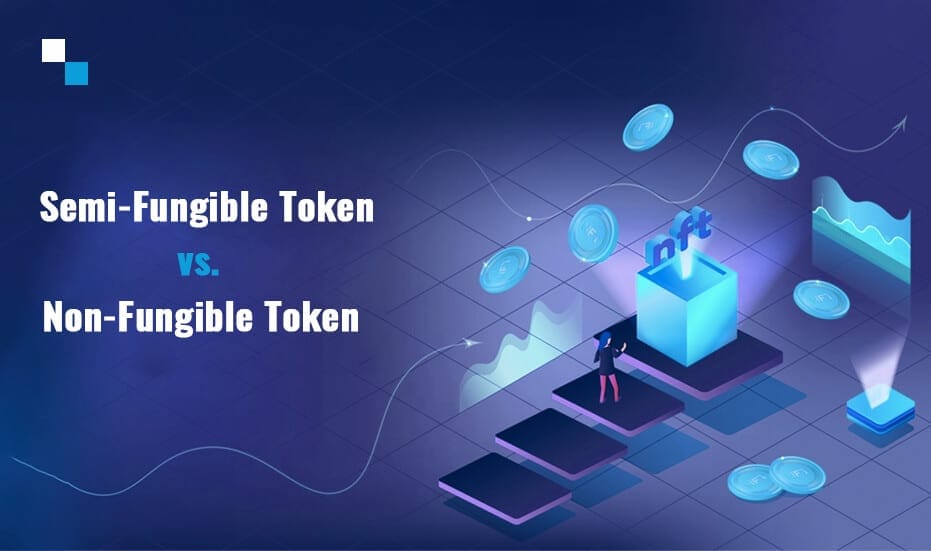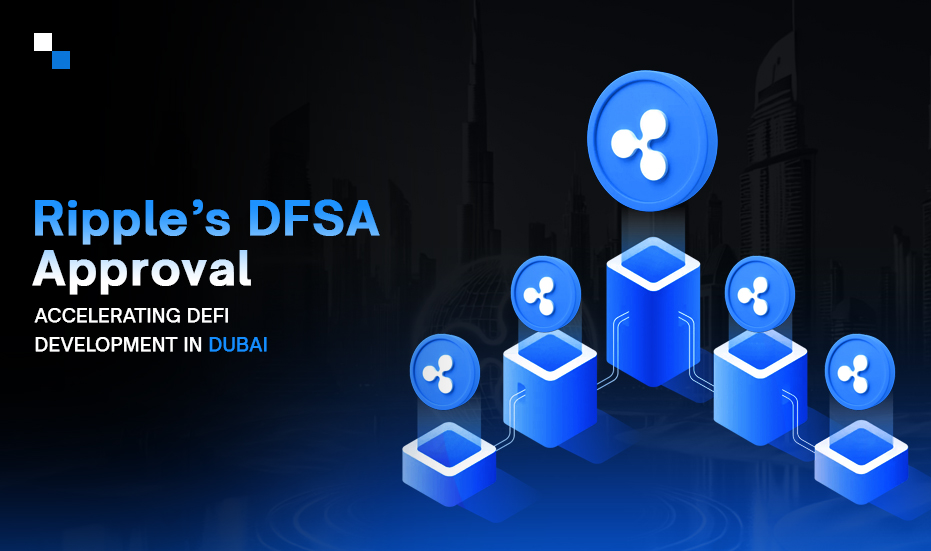
Things to Consider When Building A Crypto-Friendly Banking Platform
August 6, 2021
What is DeFi Options Trading? Will it Really Click?
August 10, 2021While NFT sales topped $1.2 billion in July 2021, trading volumes of some of the top NFT collections increased over 300%, according to DappRadar, the blockchain data tracking firm. To sustain these skyrocketing trading volumes, the space needs to undergo an infrastructure shift.
Shifting from non-fungible ERC721 to semi-fungible ERC1155
Take a look at Etherscan – under Non-Fungible Token Tracker ERC721, close to 14,500 ERC721 token contracts exist today. It seems the entire NFT industry is thriving on ERC721. But smart contract designers believe that there are some major problems with ERC721 design. The design consequences compound further and lead to issues like security holes, expensive transactions, network congestions, and more. This has led to the surge in the semi fungible token development.
What is ERC-721 and what are its design issues?
ERC-721 was the first token standard for NFTs and remains the most widely used standard to date. That is why we quite often use the terms non-fungible token and ERC-721 token interchangeably. As a token built on blockchain, ERC-721 is immutable, secure, and provides transparent ownership.
However, for every new NFT, a new ERC721 contract needs to be created. Along with that, the way it is transacted leads to high gas fees and scalability issues. In short, the ERC721 token standard is a slow and inefficient way to transferring an entire collection of NFTs.
ERC-1155
Developed by Enjin, ERC-1155 is a comparatively new token standard more popularly known as a semi fungible token standard. It was designed to enable faster and more efficient transfer of both fungible and non-fungible tokens in batch. It is also known as multi-token standards.
It can possibly help cut the gas fees by 90%.
What is a semi fungible token?
A semi fungible token is just like an Amazon coupon. Each Amazon coupon is a fungible token until it is used in a store. If the owner redeems the coupon, it no longer holds value. Thus, the token is fungible only until it is redeemed. Post that it becomes non-fungible. In this case, this Amazon coupon is a semi-fungible token.
Let us now understand how semi fungible token development is different from non fungible token development.
• Design Superiority
ECR-721: The most popular non-fungible token standard ERC-721 supports the transfer of only one token at a time. Each Ethereum transaction takes around 15-30 seconds. This is why if we have to send multiple NFTs, the process becomes slow and costly.
ERC-1155: The semi fungible token standard is considered to be an advanced version of ERC-721. From a design perspective, it is superior because it enables the batch transfer of multiple token IDs in a single transaction.
SFT token development services have tested that the ERC-1155 token can send hundreds of tokens in a couple of seconds. In fact, in certain optimized use cases of ERC-1155 implementation, close to 200 tokens per second were sent.
• Multi-token type transfer
ERC-721: A new type of token needs a new contract. For example, Cryptokitties will have a different smart token contract than CryptoCuties.
ERC-1155: On the other hand, using ERC1155, different tokens can be deployed in a single smart contract. Theoretically speaking, infinite types of tokens can be deployed.
• No Accidental locks
ERC-721: If a user sends ERC-721 tokens to a contract that does not support ERC-721, the tokens get locked in the contract. This leads to accidental losses.
So, if the ERC-721 token holder sends tokens in a non-safe way by mistake, the person might lose his/her tokens forever.
ERC-1155: Unlike ERC-721, ERC-1155 tokens cannot be accidentally locked in the recipient’s contract that provides no support to ERC-1155. If such is the case, the recipient contract immediately reverts the ERC-1155 tokens to the sender. This is because the ERC-1155 token is designed in this way.
• Trigger a chain of functions
ERC-1155: An ERC-1155 token can be used to trigger a chain of functions. For example, if an ERC-1155 token holder wants another wallet address to send a fixed number of tokens to multiple pre-set wallets, it can be done using ERC-1155. All he/she needs to do is send ERC-1155 to that particular wallet address and then the chain of events will take place atomically, instantly, on-chain.
ERC-721: As ERC-721 supports non-safe transfers, it cannot help trigger a chain of functions. And this could prove to be a roadblock in the development of Dapps that requires a single transfer to trigger a chain of events.
Conclusion
By comparing semi-fungible tokens and non-fungible tokens, it’s clear that ERC-721 token standard fails to handle some basic functions that are important to help the NFT ecosystem grow. However, the alternatives like the ECR1155 or semi fungible token development can enable efficient querying and transfers.
At Antier Solutions, we explored these upcoming and efficient token standards and have established ourselves as a premier semi fungible token development services company. If you have an idea in mind, connect with us and let us take it to the implementation stage.
Connect with our subject matter experts to share your business needs.



